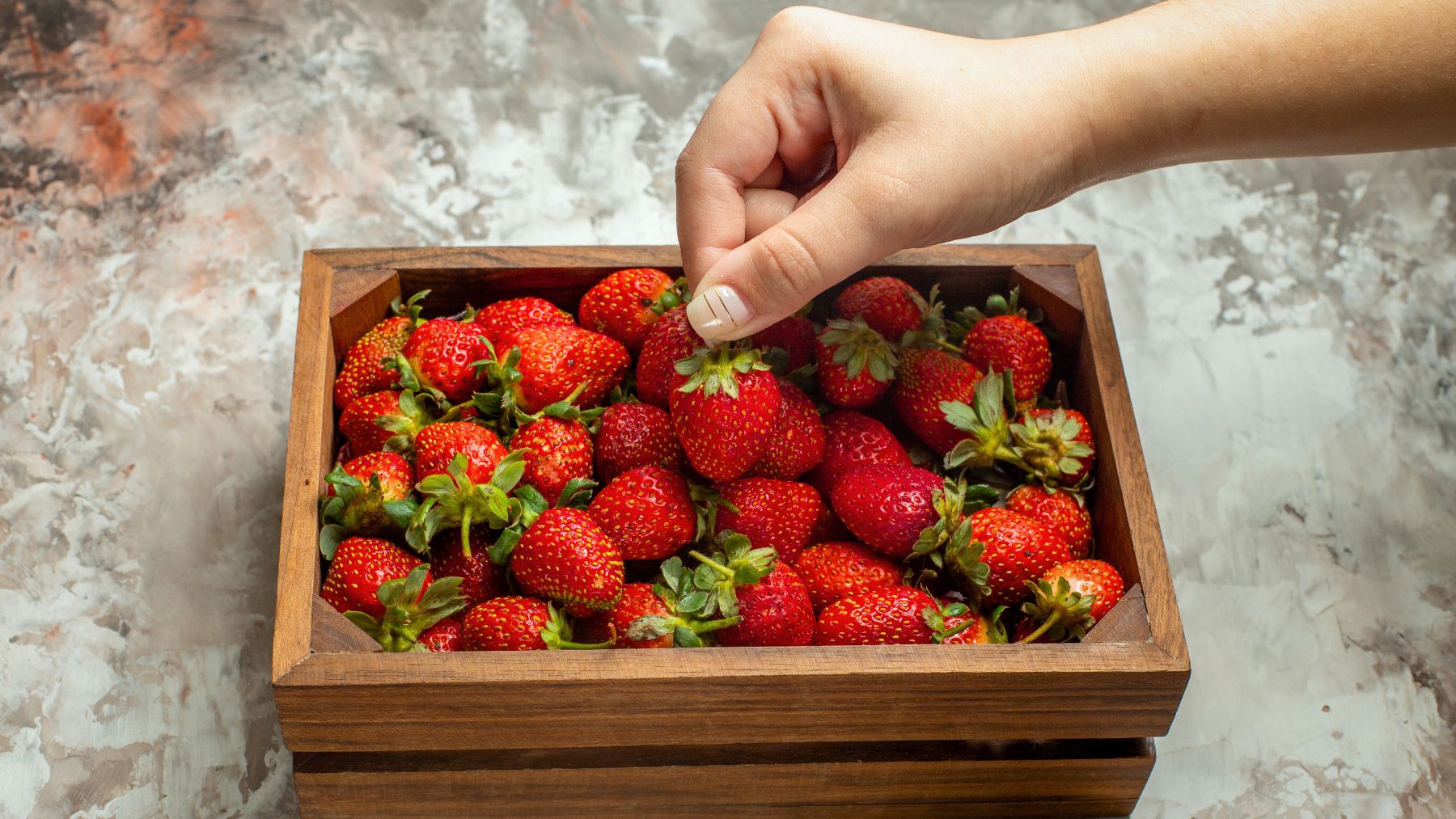We all love fresh strawberries, yet the pleasure vanishes quickly when you discover them moldy or mushy. Ironically, the common practice of simply placing unwashed berries in the container of the fridge can lead them to spoil prematurely. This issue not only affects strawberries but also other delicate fruits such as raspberries and blueberries, which share similar storage challenges.
Here, we’ll explain a proven method to store strawberries correctly for maximum freshness. You will learn the step-by-step process for washing and storing them, along with expert tips on how to pick, freeze, and enjoy them at their best, all based on rigorous testing and supported by the insights of culinary professionals. Let’s begin.
How to store strawberries in the fridge
The key objectives are to eliminate mold spores, remove excess moisture, and seal the berries in an airtight environment. Below is the tested method explained:
- Wash them with vinegar: Combine three parts cool water with one part white vinegar in a large bowl. Completely submerge your strawberries and allow them to soak for fifteen minutes. The vinegar solution kills mold spores and bacteria that cause decay. Don’t skip this step.
- Dry them thoroughly: After the vinegar bath, drain the berries and do not rinse them—the residual vinegar continues to help preserve the fruit. It’s essential to remove all surface moisture. The best methods include gently patting them dry with clean paper towels, using a salad spinner lined with a towel, or letting them air-dry completely on a rack.
- Use a rigid, airtight container: Select a clean container with a tight-sealing lid; glass or sturdy plastic works best for maintaining optimal conditions. Avoid lining the container with paper towels because they can trap moisture against the berries over time. Place the completely dry strawberries inside, being careful not to overfill the container. Seal the lid tightly to lock out damaging humidity and odors.
- Store in the main fridge compartment: Position the sealed container in the central or front section of your refrigerator, rather than the crisper drawer, which tends to be more humid.
More tips for fresh strawberries
Combine the vinegar-and-sealed-container method with these practices for even better results:
- Pick perfect berries: Select bright red, shiny strawberries with fresh green caps. Avoid any with bruises, mushiness, or white tops, and inspect the bottom of the container for hidden mold or excess juice—a sign that the berries may have been crushed during handling.
- Don’t wash until ready to eat (if not using the vinegar method): If you choose not to follow the full vinegar wash and sealed storage process, rinse strawberries only immediately before consumption. Washing them too early introduces moisture that accelerates spoilage.
- Keep stems on until eating: Removing them too early creates openings for moisture and mold to enter.
- Freeze extras properly: For long-term storage, arrange unwashed berries in a single layer on a baking sheet and freeze them. Once frozen solid—typically about four hours—transfer them to an airtight freezer bag.
- Eat at room temperature: For the fullest flavor, allow refrigerated strawberries to come to room temperature for thirty minutes before eating. Cold temperatures tend to dull their natural sweetness and aroma.
Storing strawberries successfully isn’t about avoiding the fridge altogether; it’s about using it wisely. Avoid the shortcut of tossing damp berries into an open container. Instead, follow this meticulous method to enjoy fresh, flavorful strawberries for weeks rather than days.

